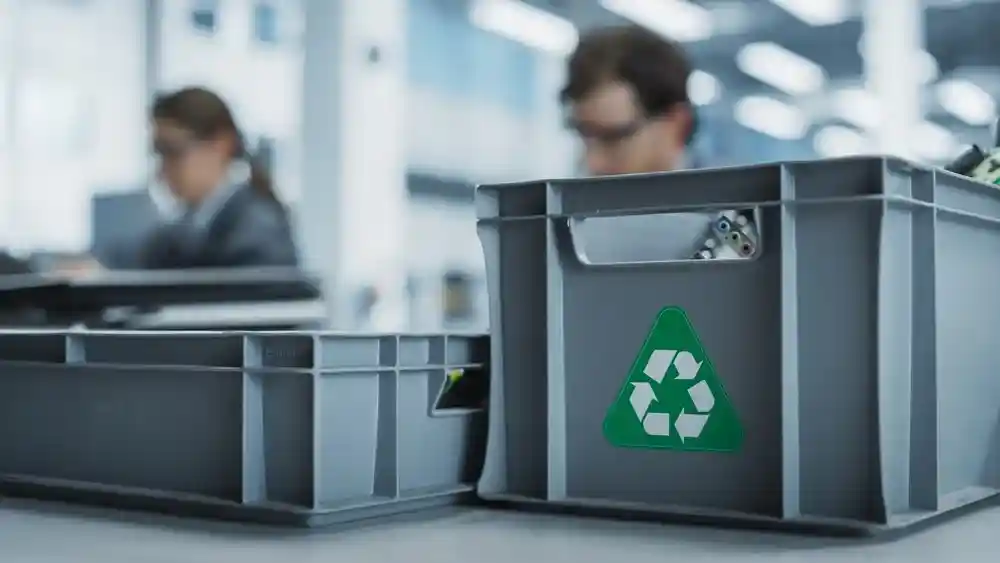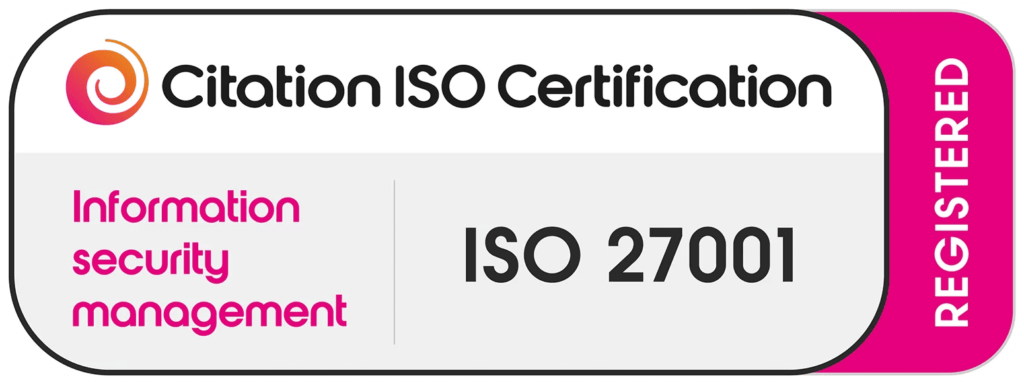What Is WEEE? Understanding Electronic Waste Categories
What counts as WEEE TVs, phones, batteries, appliances, etc.
WEEE Recycling stands for Waste Electrical and Electronic Equipment, a category of waste that includes any discarded device with a plug or battery. Common examples include
- Mobile phones
- Laptops and desktop computers
- Televisions
- Kitchen appliances
- Lithium batteries
- LED light bulbs
Whether it’s your old TV or a broken coffee maker, they all fall under WEEE and require special handling. Even smaller items like USB drives or remote controls qualify and should not be tossed in the regular bin.
Why separate WEEE from general waste is crucial
Throwing electronics in regular trash is not only illegal in many places but also dangerous. They contain toxic substances such as mercury, cadmium, and lead, which can pollute soil and water systems. Proper e-waste disposal through WEEE recycling programs ensures these materials are treated responsibly.
Why Proper E-Waste Disposal Matters
Environmental hazards and human health impacts
Improper disposal of e-waste leads to:
- Toxic leachate in landfills
- Air pollution from burning plastics
- Serious health risks like cancer, neurological disorders, and respiratory issues for those exposed during informal recycling
Recovering materials: gold, copper, rare earth elements
Electronics aren’t just waste; they’re rich in valuable metals. For example:
- Gold and copper from circuit boards
- Lithium and cobalt from batteries
- Rare earth elements from magnets and sensors
Recycling electronics helps recover these finite resources, supporting sustainability.
Regulations & manufacturer responsibility (producer take-back laws)
WEEE regulations often enforce Extended Producer Responsibility (EPR), where manufacturers must finance the recycling of the electronics they produce. This system motivates eco-friendly design and supports free WEEE recycling initiatives.
Global & Regional WEEE Regulations Overview
EU WEEE Directive explained
The WEEE Directive mandates producers to finance the collection, treatment, and recovery of e-waste. Citizens are encouraged to return old electronics via retailer takeback schemes or local collection points.
UK WEEE Regulations
In the UK, householders can return small items to local recycling centers or request collection services. Retailers must provide WEEE recycling for old phones, batteries, and small appliances.
USA (state-level) e-waste legislation
U.S. WEEE laws vary by state. United Kingdom and London, for instance, have strict laws about computer recycling near me and offer government-funded e-waste recycling events.
Other key global markets (e.g., Australia, Canada)
Countries like Australia and Canada enforce business e-waste recycling through mandatory collection schemes and promote the reuse of old electronics.
How to Choose a Certified WEEE Recycling Facility
Certification standards (e.g., R2, e-Stewards, ISO 14001)
To ensure responsible e-waste disposal, choose facilities certified under
- R2 (Responsible Recycling)
- e-Stewards
- ISO 14001
These ensure safe, eco-friendly, and secure processing.
Spotting scams and improper e-waste collectors
Avoid illegal operations that export e-waste to developing countries. Always verify the legitimacy of a facility or check with your local recycling center.
Step-by-Step: How to Sort, Prepare & Drop Off E-Waste
How to identify and sort different device types
Group devices into categories:
- Information technology (phones, computers)
- Large appliances (fridges, washing machines)
- Small electronics (toasters, hairdryers)
Data wiping and privacy safeguards
Before disposal of e-waste, perform secure data destruction on all devices. Use factory resets or data-wiping software to protect your privacy.
How to safely dismantle batteries & LCD screens
Remove lithium batteries from devices carefully to prevent short-circuiting. Avoid handling damaged screens without protective gear.
Drop-off, mail-back, and curbside collection options
Use certified services or look for e-waste drop-off locations advertised by your local council. Many cities offer TV disposal and battery recycling near me services.
What Happens After Drop-Off
Facility processing steps: dismantling, shredding, material recovery
Recyclers dismantle electronics to separate plastic, glass, and metals. These materials are then
- Shredded for easy sorting
- Melted down or purified
- Sold as raw materials
Refurbishment vs recycling vs disposal
Some items are tested and refurbished, reducing waste. Unusable parts are either recycled or, in rare cases, responsibly disposed of.
Reuse Programs, Refurbishment & Circular Economy
Donation, resale platforms, and refurbished electronics
- Donate to charities or resale platforms
- Buy refurbished electronics
- Participate in retailer takeback schemes
Corporate take-back and buy-back schemes
Many companies now offer business e-waste recycling and device buy-back programs, fostering a circular economy for electronics.
Costs, Incentives & Funding for WEEE Recycling
Free recycling options vs fee‑based
Some devices are accepted for free WEEE recycling, especially via municipal programmes. Others, like TVs, may incur a small fee.
Grants, subsidies, and industry funding
Governments and NGOs offer subsidies and funding to enhance recycling infrastructure.
Extended Producer Responsibility (EPR) schemes
EPR schemes shift the cost and burden of recycling to manufacturers, making the system more sustainable and consumer-friendly.
Common FAQs About WEEE Recycling
“Can I recycle my smartphone at home?”
Only partial data destruction is possible, but you should drop the phone at a certified centre.
“What about lithium‑ion batteries?”
Use battery recycling near me drop-off points; never throw them in the general trash due to fire hazards.
“Is there really gold in old circuit boards?”
Yes! Many devices contain recoverable precious metals, a major reason why electronic waste recycling is so vital.
Top Tips for Eco-Friendly E-Waste Management
Extend device lifespan (upgrades, repairs)
Repair before you replace! Upgrading RAM or screens can delay disposal.
Back up your data and donate/repurpose old gadgets
Turn old phones into music players, webcams, or smart remotes. Always back up before donating.
Find certified local drop-off sites or events
Google ‘WEEE recycling near me to locate upcoming collection events or centres in your area.
Future Trends in WEEE Recycling
IoT & smart device waste considerations
Smart homes lead to new e-waste types: thermostats, speakers, and sensors, all of which need recycling pathways.
Tech innovations: zero-waste design, modular devices
Modular phones and laptops enable component-level upgrades, reducing waste.
Policy evolution: global treaty proposals, stricter enforcement
More countries are adopting WEEE regulations and banning illegal e-waste export.
Conclusion & Actionable Next Steps
5‑point checklist to responsibly dispose of your e‑waste
- Sort your e-waste by type
- Wipe all data
- Check for certified recyclers
- Drop-off at secure locations
- Track and report improper handling
How to spread awareness and advocate for change
Share information about how to recycle electronics on social media, support eco-friendly device disposal, and lobby for stricter laws.


